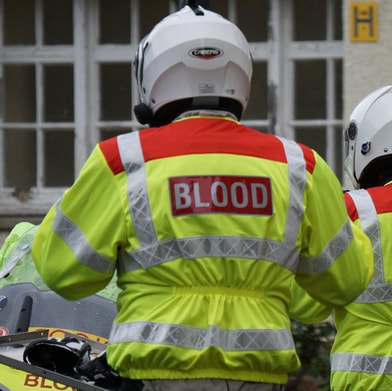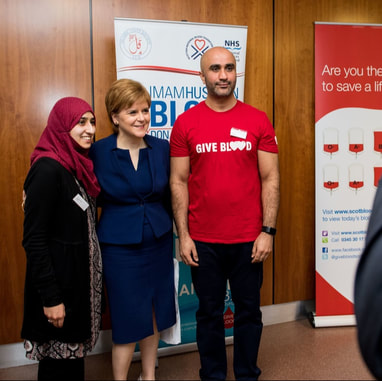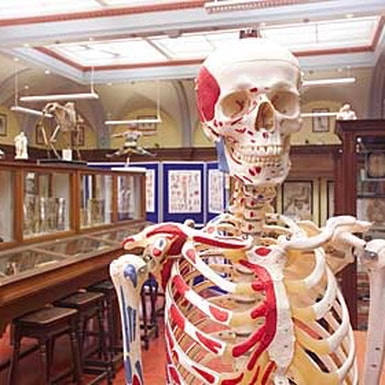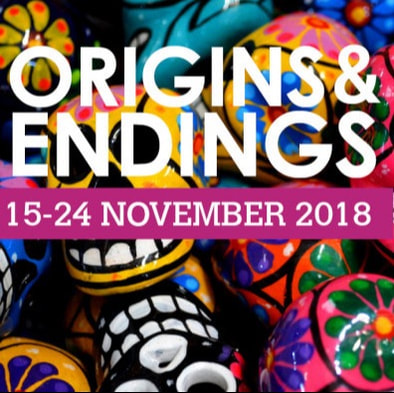|
Blood Mobilities
Honing in on blood as one expression of vital mobility illustrates the dynamic temporalities, spatialities and rhythms at play. In terms of humanitarian efforts, Fredrikson frames the challenge as untangling the “relationships between mobility, materiality, and temporality” (2014: 149). Dynamics of blood mobilities are ever changing. In the UK alone, for example, infrastructure is undergoing consolidation with the number of blood testing and manufacturing units declining from ten each (2005) to two and three respectively (2018). Overall, demand for blood is decreasing as less invasive keyhole surgeries result in less blood loss. However, demand for specific blood types is increasing as the ethnic profile of the country diversifies. Rising rates of international air travel translate into higher risk from non-endemic blood borne diseases, such as Zika and West Nile Virus. Further, global warming is contributing to disease migration. For example, West Nile Virus, now endemic in southeastern Europe, seasonally migrates Westward and is included in routine testing of donated blood in the UK (Semenza et al. 2016). Blood Bikes Scotland
volunteer motorcyclists who delver urgent items, such as blood samples |
|
Edinburgh Centre for Medical Anthropology
academic unit dedicated to the anthropological study of the body, health and medicine |
2018 Being Human Festival
national festival promoting public engagement with humanities research |




